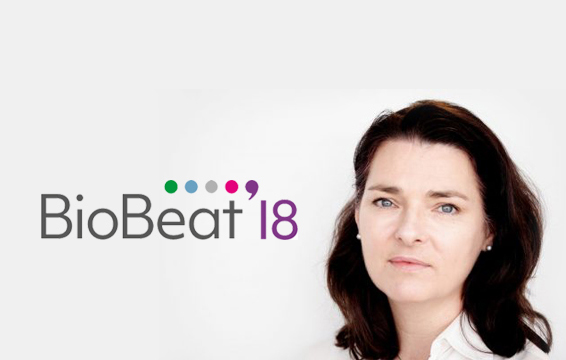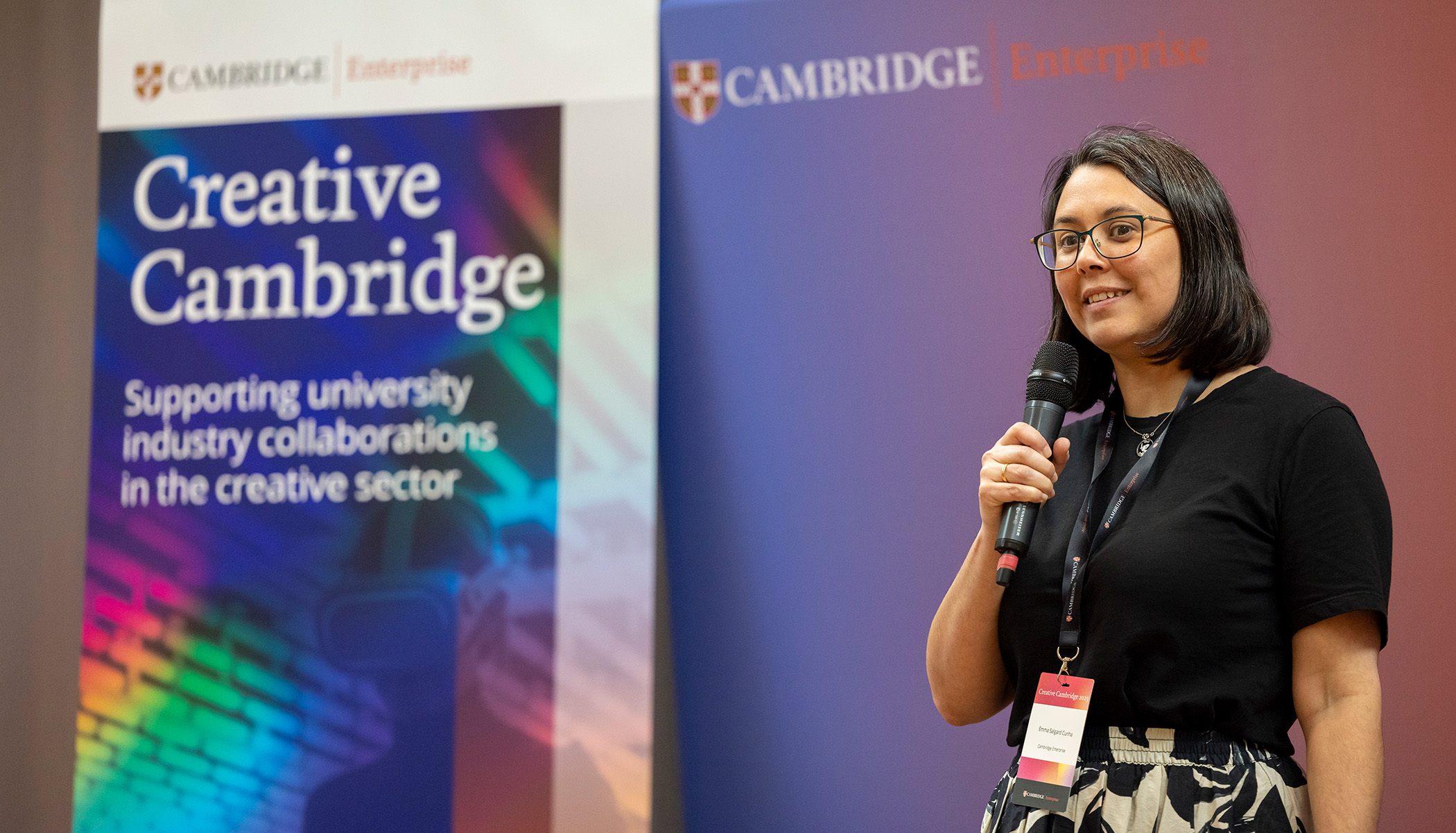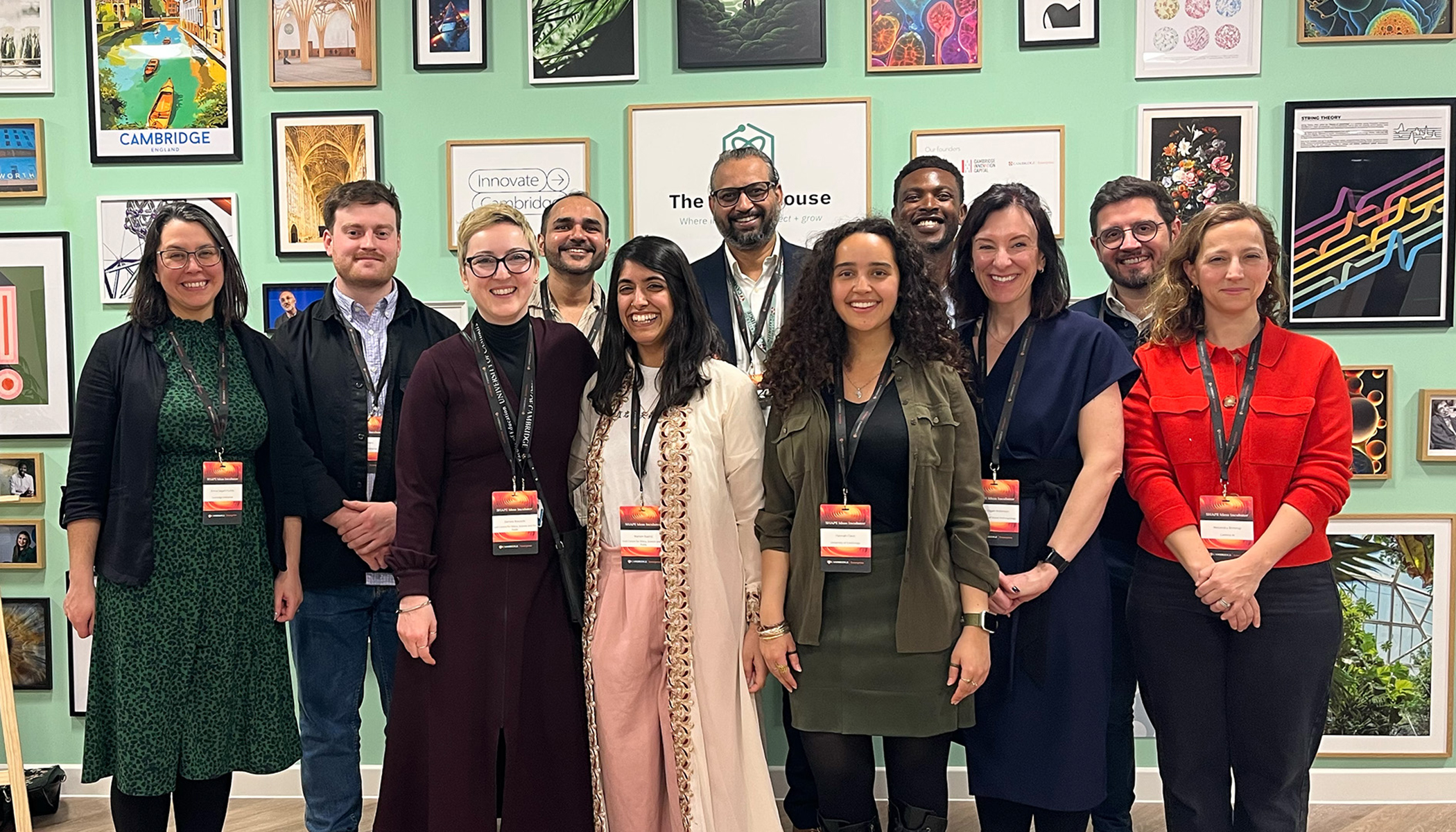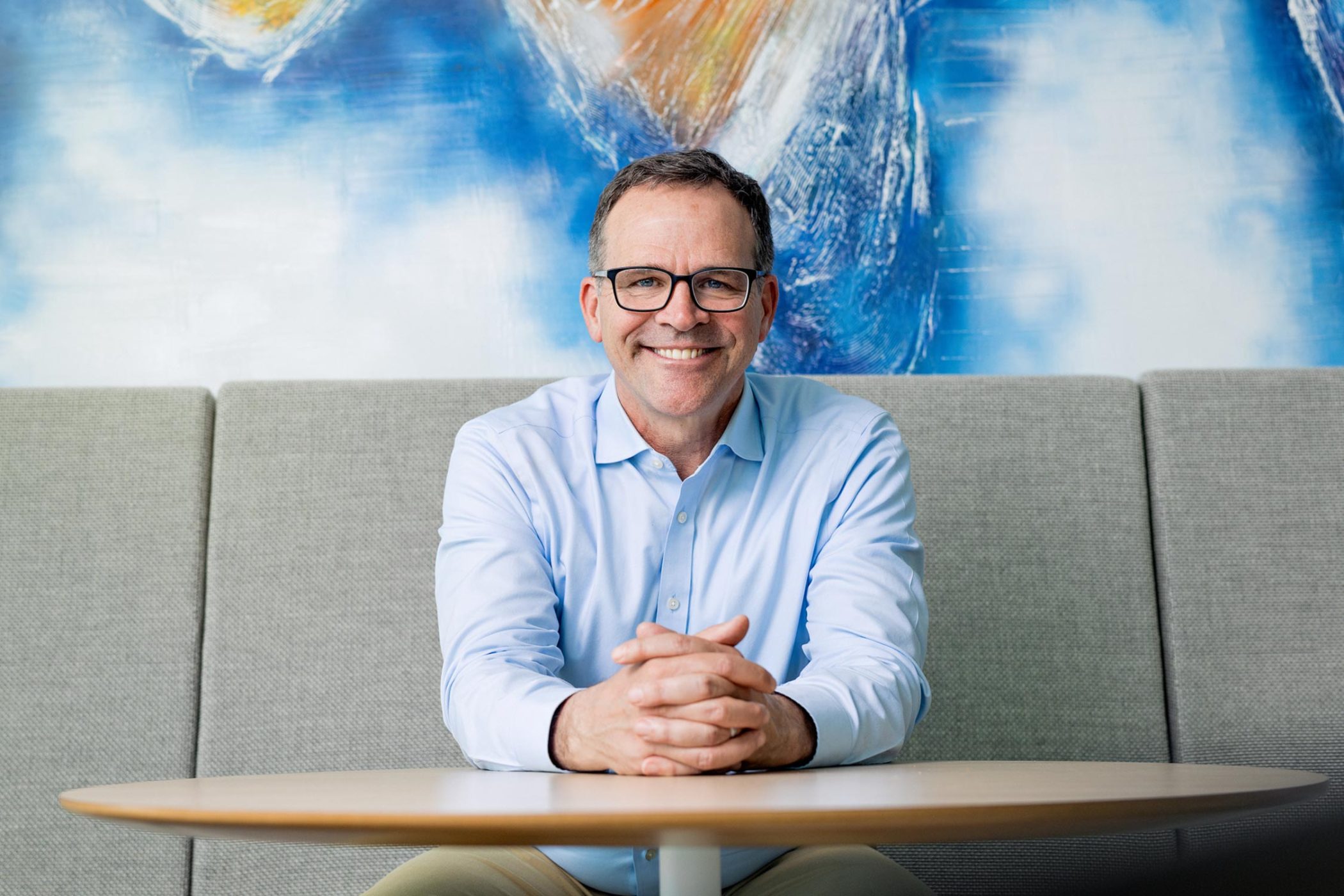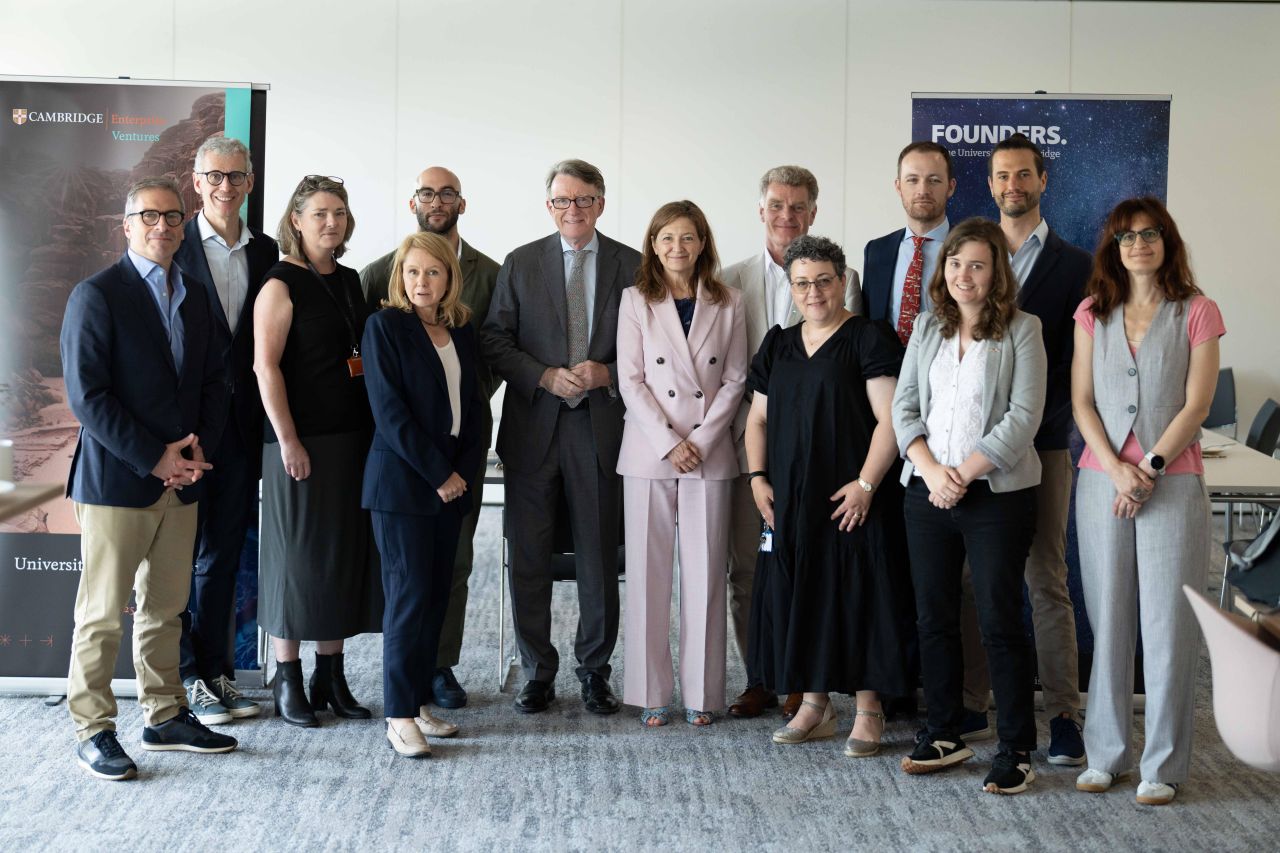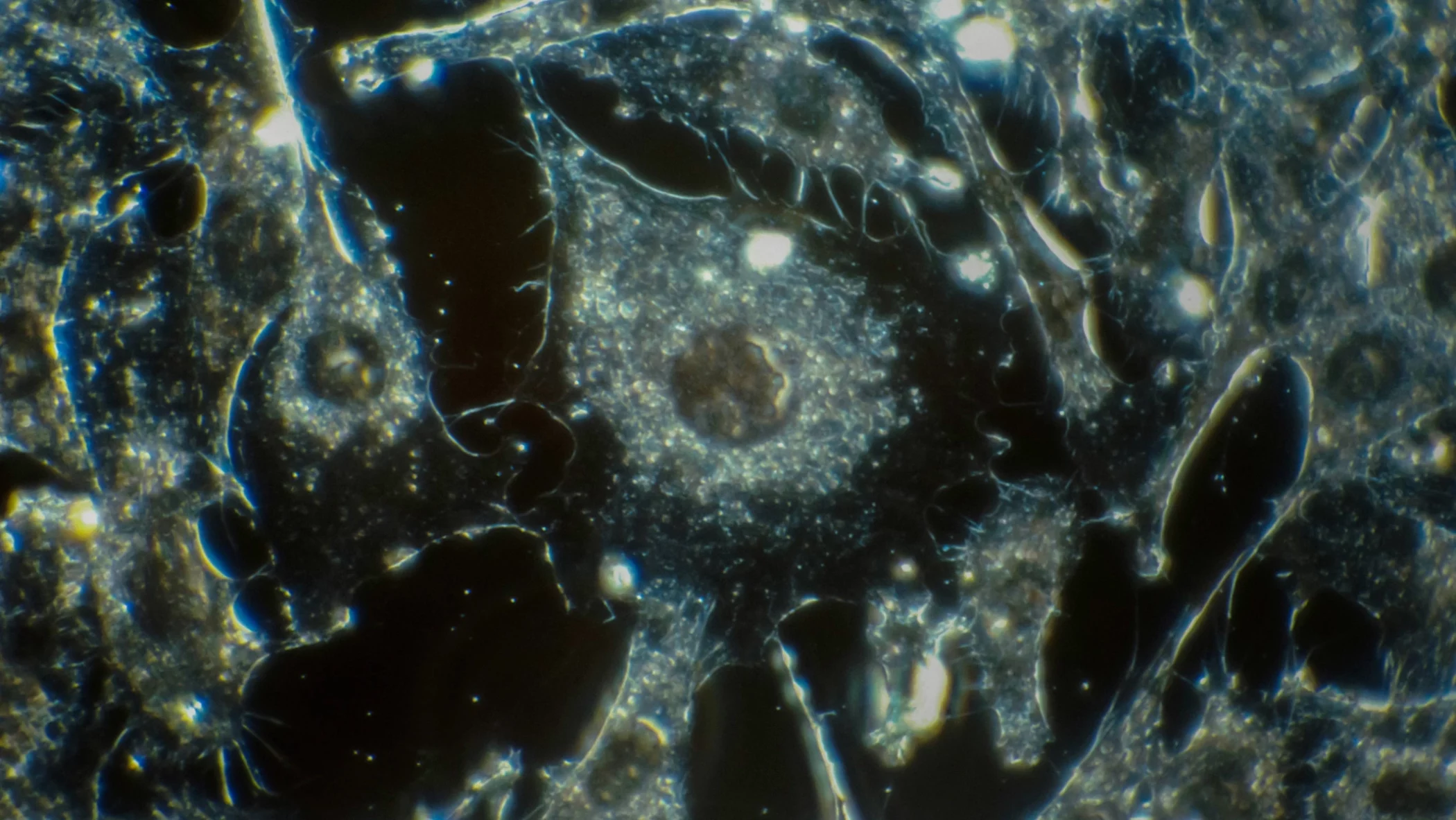Seed Fund Investment Manager Dr Christine Martin has been included in BioBeat's new list of outstanding female leaders in the UK healthcare business.
The report, ’50 Movers and Shakers in BioBusiness 2018’, emphasises the current role of women in leading, inspiring and innovating to ensure new technologies and treatments continue to improve UK research, health and society. Here we talk to her about her role and the ongoing challenge of ensuring there are equal opportunities for women in science.
What is your role at Cambridge Enterprise?
I am an Investment Manager on the life sciences side which covers a broad remit from drug discovery, through to diagnostics, research tools, software with life science applications, and so on. We are focused on commercialising research for societal impact rather than purely for financial benefit; the University generates world class science that, when applied commercially, can literally change the world; our role is to support the process of turning that research into reality.
What have been the highlights for you over the last year?
It is hard to pick out the highlights given the breadth and depth of the opportunities we work with and the potential impact they represent. The Seeds Fund team reviews over 100 disclosures per year and will help start up to 10 companies in that same period, while helping a similar number of portfolio companies to raise follow-on funding, so we are operating in a fast-paced and very dynamic environment. To give you an idea, my current active portfolio includes these University of Cambridge spin-outs: Carrick Therapeutics, which is pioneering a unique new venture in cancer treatment; Storm Therapeutics, which is identifying and developing small molecule drugs that target RNA-modifying enzymes; Phoremost, which is using its next-generation ‘SITESEEKER®’ phenotypic screening platform to progress novel drug targets into first-in-class drug discovery programmes; Z-factor, a drug discovery company; and Qkine, a manufacturer of high quality growth factors for use in stem cell science and regenerative medicine applications.
Describe a typical day.
Much of my time is spent working with an academic and their team (possibly strengthened by someone with some business experience who might be a proto-CEO or mentor/advisor) in order to shape the concept of the business. We consider the commercial potential for a technology and use market research and technical diligence to determine a sensible value proposition, the inflection point the business will be working to and what it will cost to deliver it in terms of time and resources as well as finance. The resulting plan needs to make commercial sense and meet a need. Our research includes a competitor audit, outreach to key opinion leaders and an open-minded review of the feedback we receive. We also keep in close communication with other potential co-seed investors and nurture our relationships with them with a view to potential larger investments further down the line.
What do you love most about what you do?
Discussing the technologies with both the academics and business people; it is very exciting to be working in a team with brilliant people to help create meaningful impact from emerging research.
What are the challenges for you in the role?
Always too much to do and too little time.
How did you get into technology transfer?
I moved in to technology transfer because I thought that my background in biotech with patent drafting and prosecution experience was a good basis for the role; of course, it is much more complicated than that, and indeed perhaps more complicated than the wider world appreciates, but I came, I enjoyed it and I stayed.
In technology transfer I increased my understanding of legal agreements, negotiated many licences with a wide variety of businesses, and met and worked with lots of principal investigators and postdocs.
A fantastic privilege of working in this field is to be involved in a conversation about academic work before it is public knowledge. Of course, with that privilege comes huge responsibility, something I am always very aware of throughout the process, from considering the possible commercial opportunities for any research output to working together to see if we can realise them.
Working in seed funds is a significantly different role because, in general, the questions about how a technology might be commercialised have already been discussed and someone has decided that a spin-out company is at least an opportunity to explore. The challenges are different, with seed funding leaning more towards the delivery of a business while technology transfer is focused more on the identification of an opportunity.
How do you think science can be encouraging more women into the field?
This issue is my biggest bugbear; I had thought that when I selected a scientific career that close to equality would have happened by now. Clearly, we are a way away still which is a massive concern. I realise there are always ‘reasons’ for the number of applicants, suitability and so on, but I do believe there are enough enthusiastic, intelligent and able women with suitable experience and expertise in every field to achieve female representation at every level of any company. I expect there is a more significant level of unconscious bias than is generally acknowledged but I also think we could collectively make much better strides; if we are only attracting male applicants to a role then we are clearly not targeting the breadth of possible applicants that we want to access. Moreover, it is now evidenced that a diverse management team is stronger and more productive, so perhaps business will be motivated by the evidence and take action.
Finally, what does it mean to you, to be included in this list of female movers and shakers in the UK healthcare sector?
Given my concerns about the continuing gender imbalance in this area, I wholeheartedly welcome this initiative from BioBeat, now in its fifth year. Demonstrating the inspirational experience of women leaders is integral to BioBeat’s mission to create a platform for innovation and collaboration in the field of biotechnology. I therefore feel very honoured to be included in the list but very much see it as a tribute to the wider team with whom I work, both my colleagues in Seed Funds at Cambridge Enterprise and my collaborators in both the University and industry.
Tags: biobeat, biobusiness, biotechnology, drugs, investment, life sciences, seed funds



